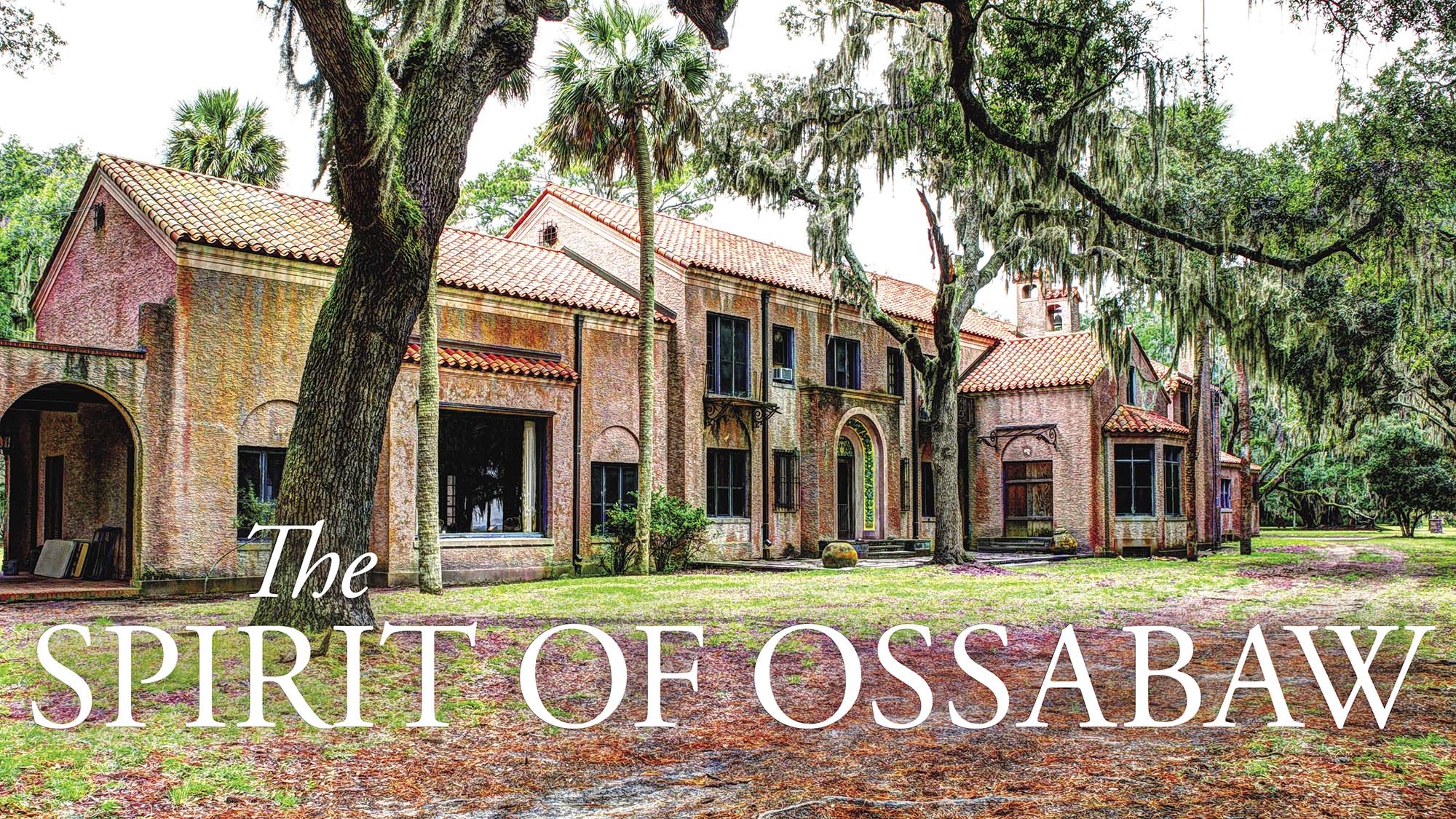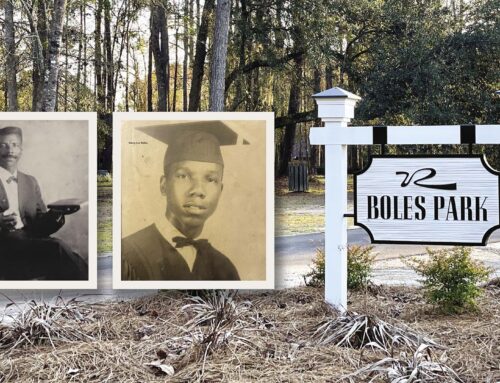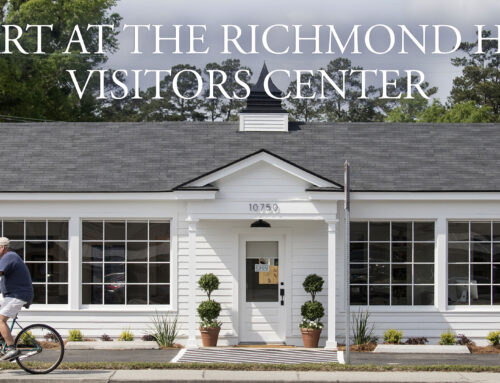Written by Victor R. Pisano Photos Contributed by Jill Stuckey
On January 17th, 2021, the lights on Ossabaw Island, what few there are of them, dimmed noticeably when its matriarchal guardian and icon, Eleanor “Sandy” Torrey West, left this earth at the age of 108.
Sandy West was the only remaining owner to live on and serve as steward of this barrier island called Ossabaw—the third-largest barrier island off the coast of Georgia, strategically placed by natural forces to keep jellyfish out of downtown Savannah. For most of the twentieth century, Sandy and her family had been custodians to an island that is ten miles long and eight miles wide. From 1959 to 1978, (ages 47-65), Sandy and her brother’s heirs owned the island outright.
Early island life for Sandy Torrey West started idyllically enough. She came to Ossabaw as a young impressionable girl of eleven tagging alongside her mother, father, older brother William, and a covey of domestic staff. In 1924, her father, Dr. Henry Norton Torrey of Detroit, famed for being an ambidextrous surgeon, and his wife, Nell Ford Torrey, (no relation to Henry) bought the entire island from shipping and hunting consortiums. The purchase price for all 26,000 acres of Ossabaw Island was a mere $150,000—that’s $2.3 million in 2021 dollars or 70.38 bitcoins. Still a good deal no matter how you look at it for a 40-square mile offshore island.
Dr. and Mrs. Torrey’s first task was to build a 20,000 square foot Spanish-styled mansion on high ground. Nell Torrey was heiress to the Pittsburgh Plate Glass fortune and they bought the island and immediately began building a winter retreat. Of course, the pink-stuccoed 15-bedroom Hacienda was constructed around a ginormous Pittsburgh plate glass window overlooking the ocean. It seemed Dr. And Mrs. Torrey intended to emulate the corporate barons who had huddled closely together on another barrier island a little further south called, Sapelo Island. He and his wife entertained heavily during this period prior to the Great Depression.
The many bedrooms of the pink Hacienda were often filled with special guests from the mainland. Private ferries and boats were constantly shuttled between Savannah and Ossabaw. Luminaries, personalities, and politicians all made Ossabaw Island part of their annual circuit tour.
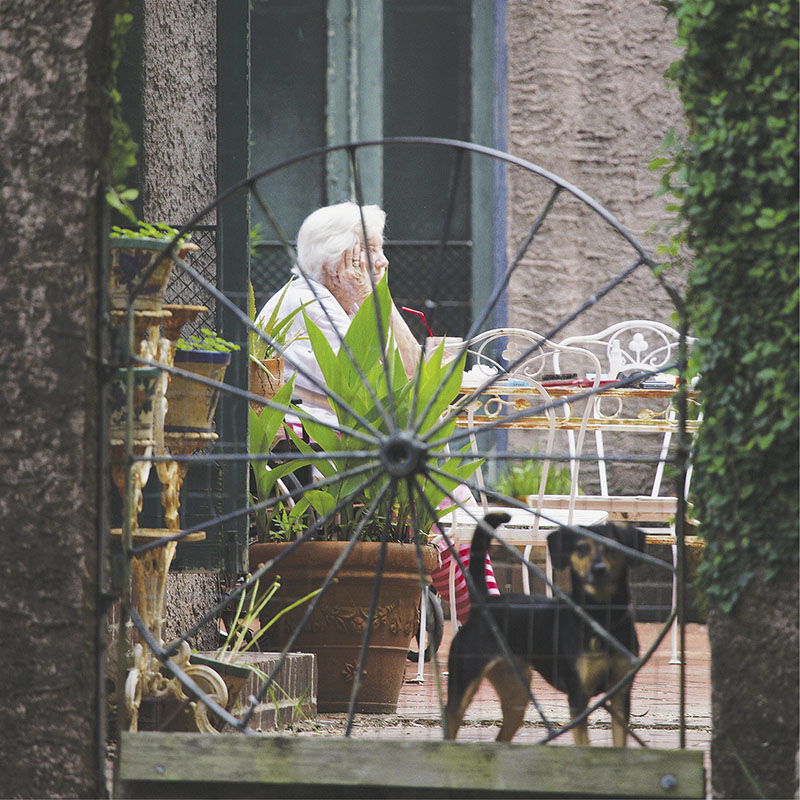
Evidently, Dr. Torrey was a bit of a prankster during these earlier times on Ossabaw. He recruited both Sandy and her brother to help scheme along with him in a paranormal prank involving—spooks. According to several accounts, photographs, and surviving family members, Dr. Torrey bought a life-sized female mannequin in Savannah, dressed her up in old Victorian attire, and hid the large figurine in different bedrooms before his guests would arrive. The family lovingly called the mannequin, “Lulabelle.” Of course, the specter scared the living shrimp n’ grits out of all his guests when they entered their room or went to the “icebox” for a late-night snack—there stood Lulabelle. The ambidextrous surgeon obviously fancied himself a regular cut-up—(sorry about the pun—it begged the issue.)
On several occasions, Henry Ford himself would visit the pink Hacienda on Ossabaw. Around the same time, Ford had purchased an entire township called, “Ways Station,” for his own winter retreat as a rebuke for being ostracized by the baron hordes of Jekyll Island. For many decades, the Torrey’s of Ossabaw and Henry Ford were not only friends but were for all intent and purposes—abutters.
In 1959, Sandy and her brother’s heirs inherited Ossabaw Island upon the passing of their mother, Nell. Sandy was a mere 46 at the time and had a second husband named Clifford B. West—an Avant-Garde filmmaker and mural painter. The two most influential men in Sandy West’s life was her father first and second was Clifford B. West who helped manage Sandy’s inheritance.
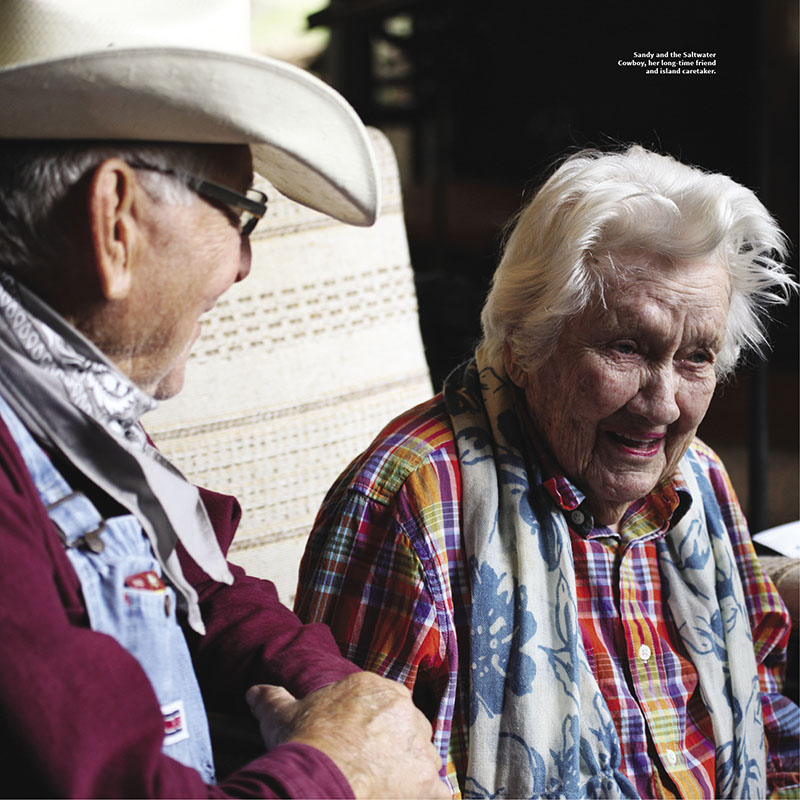
Straight away, Sandy and Clifford formed “The Ossabaw Island Project” under the mission statement of creating an interdisciplinary creative retreat, a sanctuary for artists, writers, filmmakers, poets, and free-thinkers, as well as scientists, ecologists, linguists and mathematicians. They would all retreat to the island to commune, interact, and be inspired by each other at the pink Hacienda. The fee to attend the workshops was nominal to the attending fellowship. Clifford used the Project underwriting to continue his filmmaking career which included experimental films of frequent guests like sculptor, and metal furniture designer, Harry Bertoia.
In 1978, Sandy West and her niece and nephews were forced to sell Ossabaw due to skyrocketing expenses (including taxes) that were greater than their income. Without the island to pay for, she was able to live on her remaining assets very comfortably for quite a long time. Sandy notoriously took the bull by the horns when it came to the island’s future. They had to sell Ossabaw, yes, she knew that, but it would be on her terms as to who the new stewards of “her” island would be and how they were to govern. Her motivation was to see that the island be preserved. She had it in her mind to never—ever—let Ossabaw Island fall into the hands of commercial developers, meandering public, or hunters.
So, Sandy, on behalf of all the owners, worked a deal with the State of Georgia to purchase the entire island—but not without strict conditions from Sandy. The State of Georgia, along with a philanthropic matching-gift from Coca-Cola, purchased Ossabaw Island for $8 million—with Sandy’s provisos. Sandy’s demands led to Ossabaw Island being the first of 128 designated “Heritage Preserves” of the State of Georgia. A place to be set aside exclusively for, “natural, scientific and cultural study, research and education, and environmentally sound preservation, conservation and management of the Island’s ecosystem.”
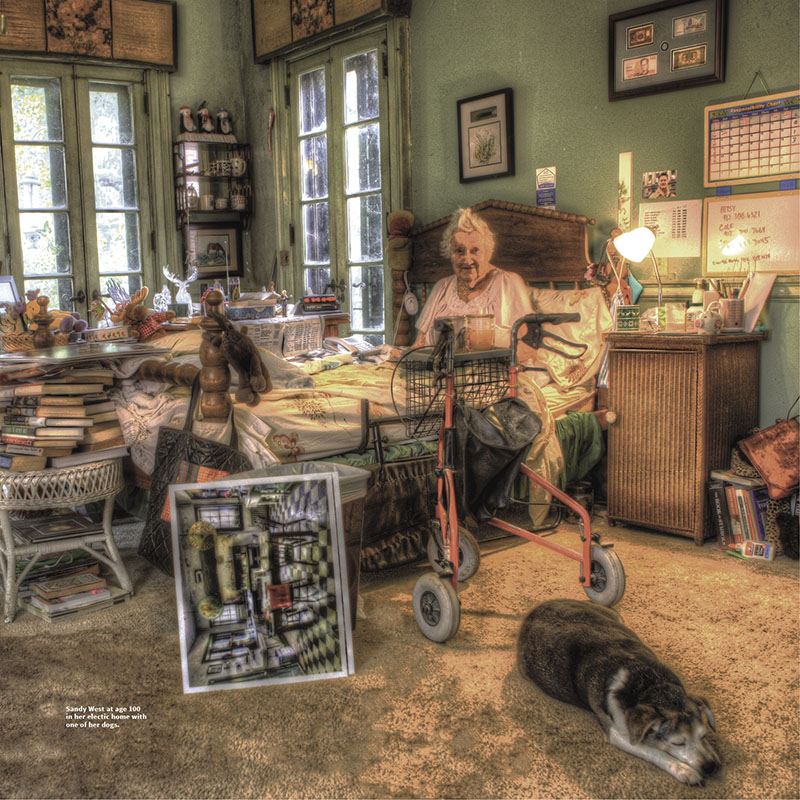
Sandy West would keep her pink Hacienda as her own, with 25 acres carved out as a buffer for as long as she wanted to live there—a life estate. Done deal. There is no doubt in anyone’s mind that the state was probably thinking at the time, “Sure. OK. Let her live there—she’s 65. Right? I mean how long can that be?” Little did they know about the tenacious firebrand spirit that lived within that formidable five-foot, six inch frame.
From 1987 until 2016, the unsinkable Sandy West lived alone in her pink Hacienda until the age of 103. Most likely taking her portion of the proceeds of the sale to support herself, her island animals, and her pink Hacienda. She also continued to be active in hybrid versions of the original Ossabaw Island Project that she and Clifford B. West started in 1961—all in the validation of the humanities, arts, and sciences.
Sandy West was famous for repeating to any of the frequent guests who visited her during this later period of her life, “after I’m gone, if you want to find me, just peek behind any tree out there on this glorious island.”
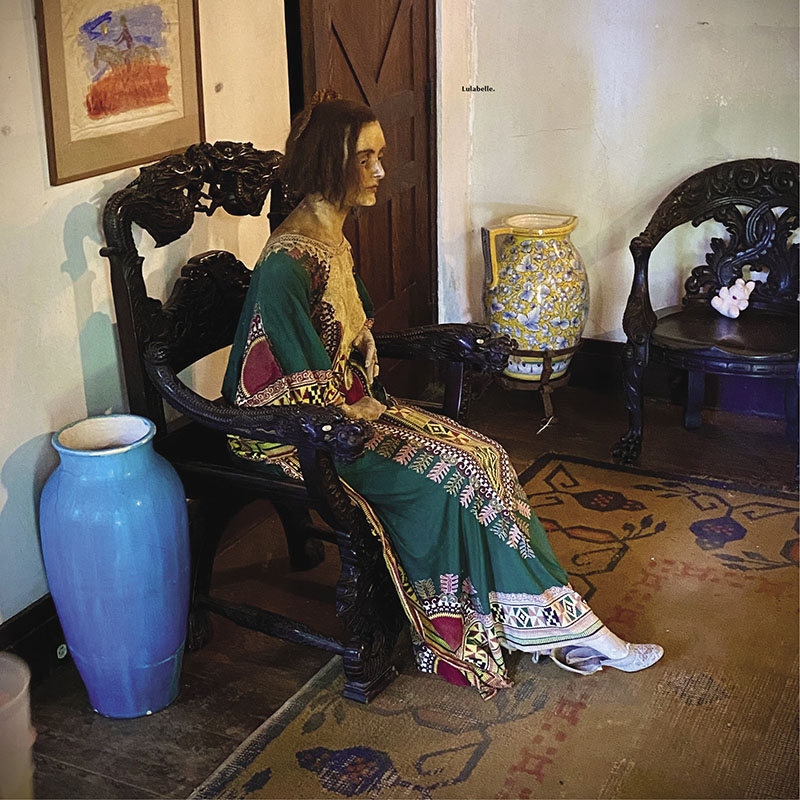
So, to any future aspiring poachers of Ossabaw’s feral pork reading this piece—a word of warning. Be careful where you tread under the dark blanket of Ossabaw, not because of an ominous spirit lurking behind the massive live oaks, but because Lulabelle is still on the island.

